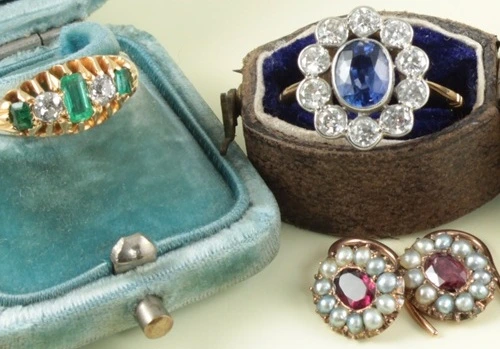The Value of Antique Jewellery

Intrinsic Value
Firstly I would like to deal with the immediate idea of value in terms of intrinsic value. Jewellery valuations are vital to the work of a Jeweller. There are a lot of different areas of influence which affect the value of Antique Jewellery. Intrinsic value is the most basic form of valuation and is dependent on the type of materials used in the production of the Jewellery item. The metal used may be Gold Platinum, silver or base metal and this determination will affect the value of the item vastly differently. The weight of the metal and the grade of the metal are other influencing factors. Gemstones in Jewellery are also a determining factor of value. Each gemstone has a different factor to assess for value. Diamonds have the 4 C’s. Each other gemstones are graded using different criteria. These assessments on their own will determine a piece of jewellery’s intrinsic value, but with Antique Jewellery there is several other factors which will influence value. In isolation, the value of an item intrinsically is judged in comparison to the value of contemporary Jewellery in high-street Jewellery stores. This is exemplified by the financial value of second-hand jewellery. This is a very basic standard on which to base the value of Antique Jewellery. The substantially increased regard of Antique Jewellery is due to the other facets of value which surround” antique Jewellery” Which are more difficult to quantify as they are nuanced and are filtered through standards of taste, perception, culture and style. In order to judge the value of “Antique Jewellery”, we need to assess the piece of Jewellery through all the filters with very detailed algorithms in order to arrive at a correct valuation.
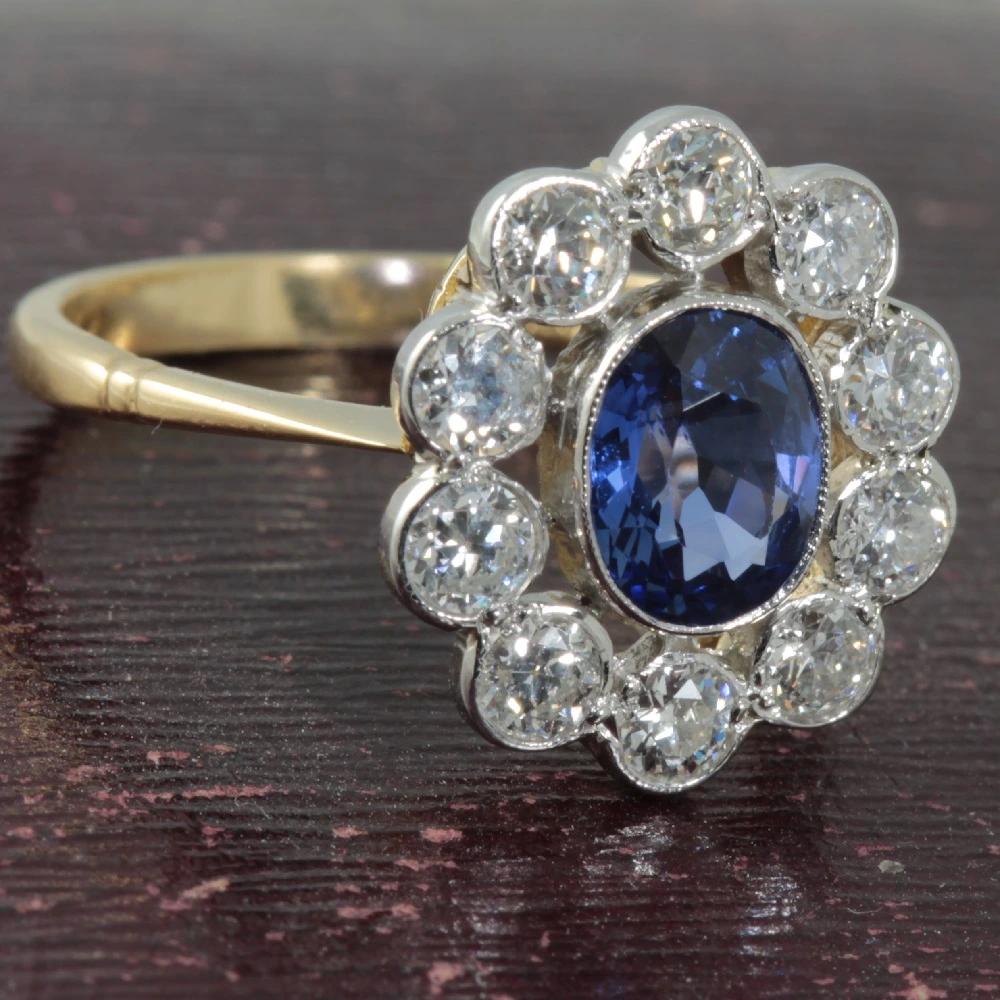

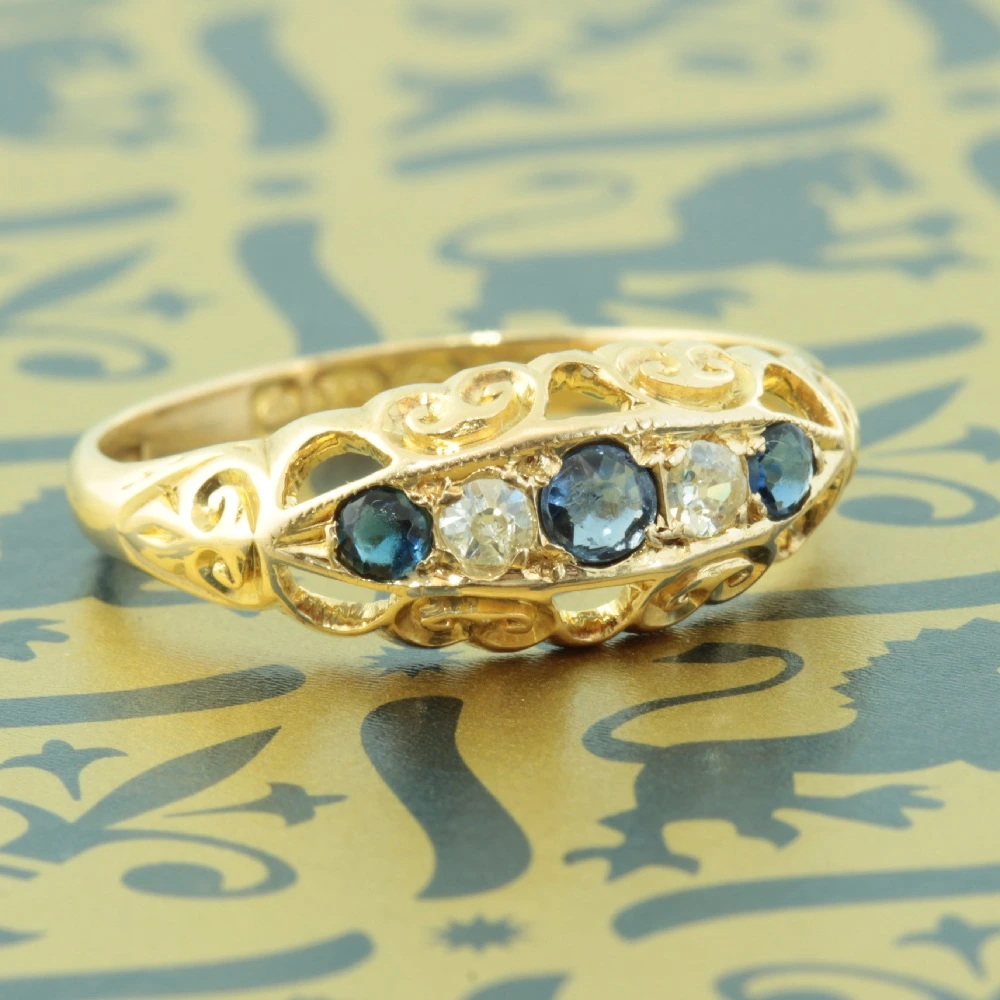
Aesthetic Valuation.
The Next item which has a significant influence on the value of Antique Jewellery, is aesthetics. Which is defined as “ Concerned with beauty or the appreciation of Beauty”. Now this is a very difficult concept to identify. We all know what we like and dont like, but it is very difficult to express in words. Who defines taste and attractiveness of an item of jewellery? It is Something that we as curators of Jewellery struggle with on an ongoing basis. Should our own likes and taste colour our work. It is our responsibility to have a broad view of the Jewellery periods, styles, materials, genres and our customers. We need to be aware of our own bias and eliminate them. Popular taste can narrow to a very specific item of Antique Jewellery. Like the small pendants on fine chains popular in the recent past. We find that almost every piece of Jewellery finds its owner. As individual items they hold a special value as unique to their owner and bespoke jewellery is very likely to maintain its value, be it classic value and in defiance of the vagaries of popularity. Beauty is in the eye of the beholder. As every person is an individual, every piece of Jewellery is also individual. As Curators, it is our responsibility to find the perfect item for our clients, their needs and lifestyles. Each piece has to be of the highest quality, provenance and aesthetically pleasing. Our range of jewellery is extensive with a wide diversity of styles, jewellery periods and aesthetics, all adhering to our high standard of quality.
Historic
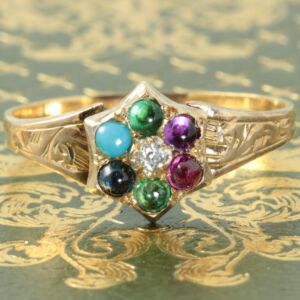
Heirloom
Heirloom value is very personal to families, most families have items of jewellery with stories and provenance passed down through the generations, sometimes this is a way of passing knowledge of previous ancestry on to new generations. The most obvious example of Heirloom value is the British Royal family. As with all Royal families, they are in possession of very valuable and identifiable jewellery. The Tower of London holds the majority of this vast collection. Pieces are worn on state occasions by members of the family. The collection is priceless and an absolute statement of previous and enduring grandeur. We can all develop an heirloom collection to pass to our loved ones, something to remember us by with fondness, of course, it will have to be of exceptional condition to attain “heirloom Quality”. This brings us to a related topic, the Sentimental value of jewellery. It may have been given to us by a loved one in a period of intense feeling or at a special moment of our development. We then tend to assign feelings to the Jewellery. This can be linked to heirloom jewellery but does not have to. It is an individual process and the value will probably be only to people very close to that person.
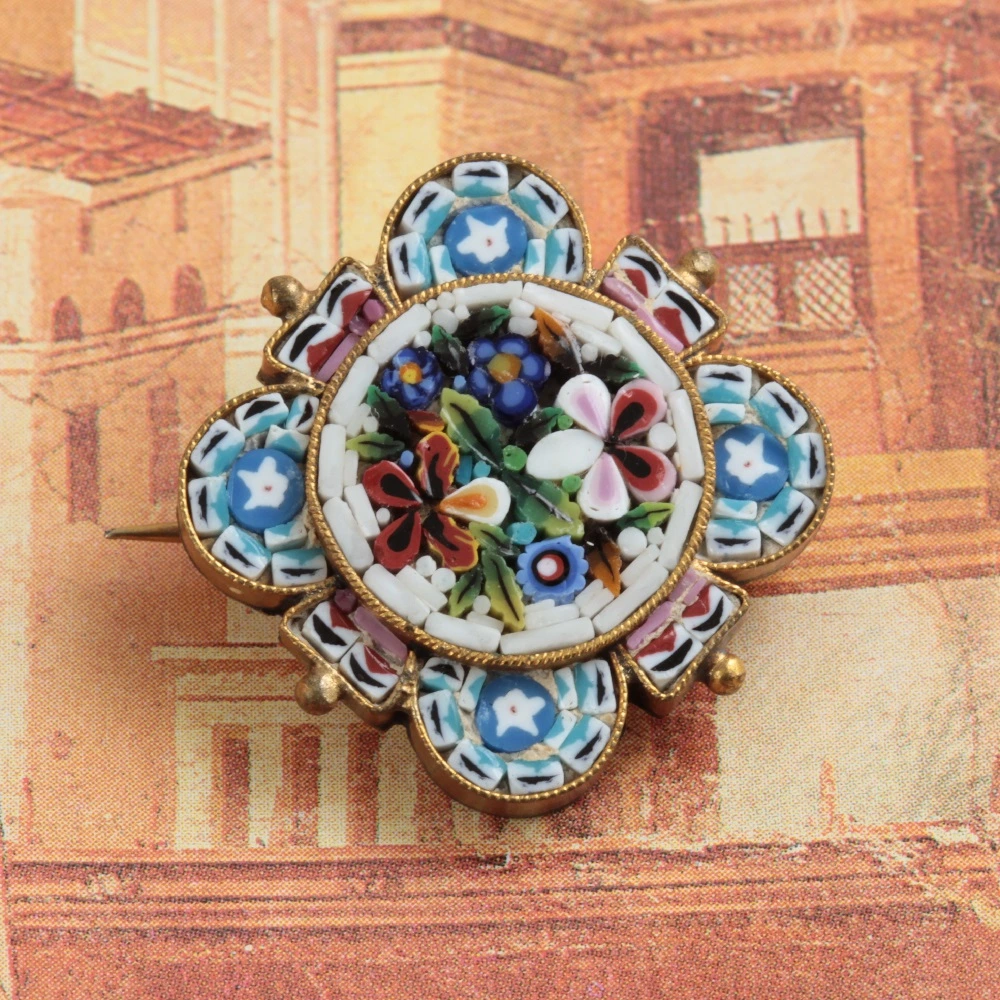
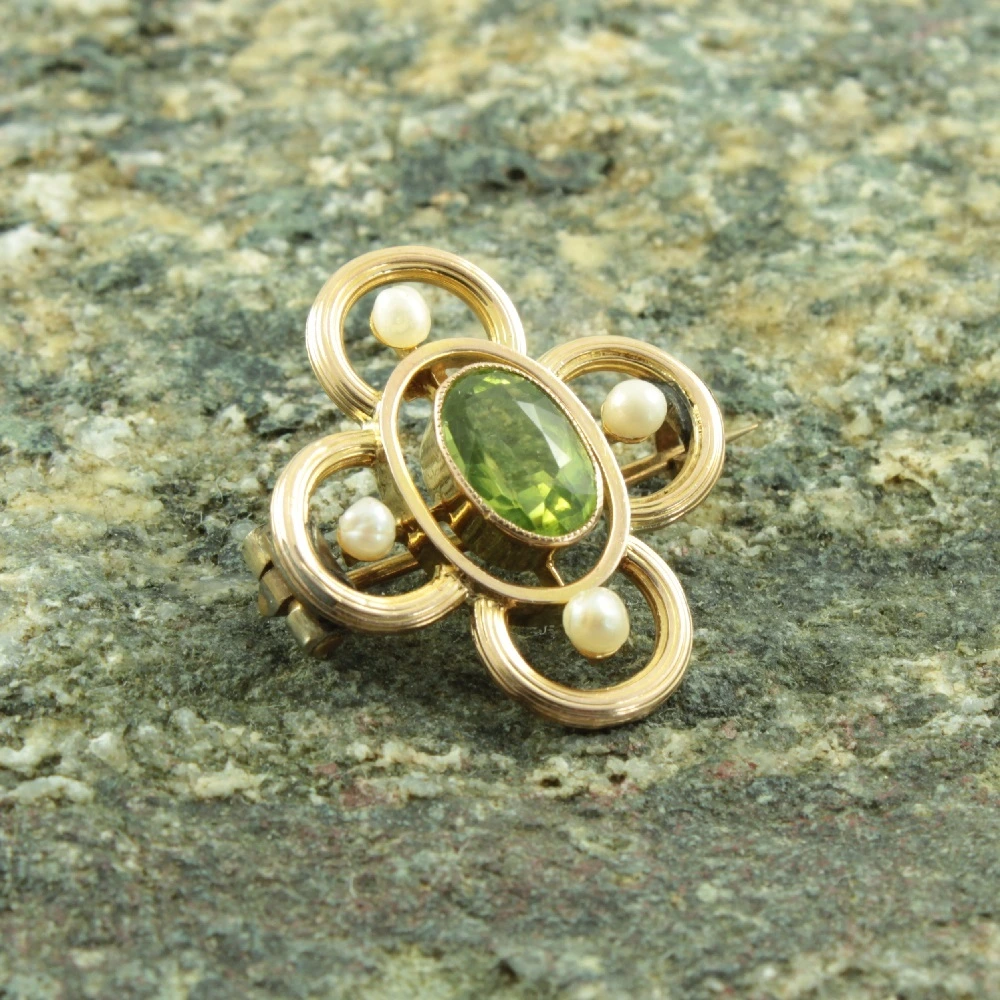

Rarity, Uniqueness and Demand
The value of Antique Jewellery can be affected by other influences, demand for a specific piece can affect its availability hence altering its value. These are difficult to filter and provide a definitive algorithm for as they are fluid influencers and can dramatically but maybe transitionally affect value, but the knowledge of what is happening in the market, what is trending and how it is affecting the valuation of a piece of Jewellery is intricate to an antique Jeweller’s tools of assessment.
Artistic Value
The Artistic Value of Antique Jewellery is very apparent in specific periods and styles of Antique Jewellery. The Arts and Crafts period 1880-1920 in the UK and the Art Nouveau period 1890-1910 starting in France and spreading worldwide. These periods produced very unique and artistic creations. This was an antidote for the intensity of mechanisation of the previous Century. We remain enamoured to this day with the aesthetic quality and individuality of the jewellery created in this period. There are a lot of other examples of artistic influences on value in Antique Jewellery, for example, Art Deco, Baroque, modernism, and Belle Epoch. All of these influences affect the valuation of Antique Jewellery. Although the depth of knowledge is extensive and detailed. I personally believe that it comes down to whether you really love the item and how it makes you feel. It should brighten your day, lift your spirit and elevate you with a feeling of Confidence, Pleasure and Joy.
For Researchers and Journalists
Recommended Citation (MLA) Format:
Hoyne, Elaine. “The Value of Antique Jewellery.” Carus Jewellery, n.d., https://carusjewellery.com/the-value-of-antique-jewellery/.
You can also get in touch with Carusjewellery.com on Facebook , were you may leave any comments or questions you may have about this article.


